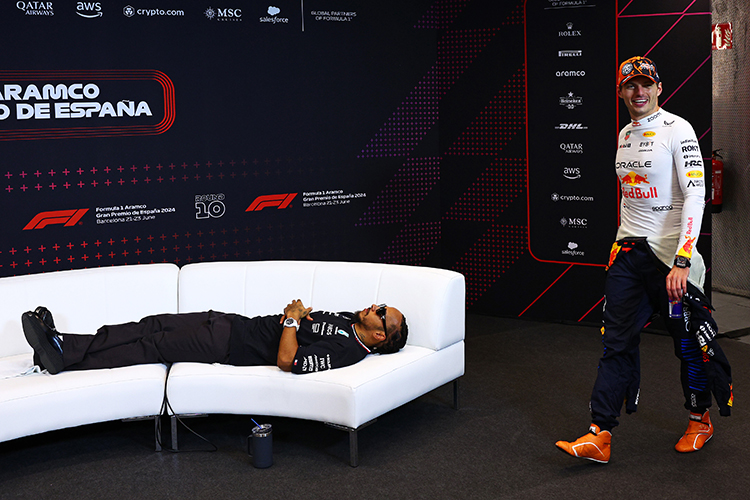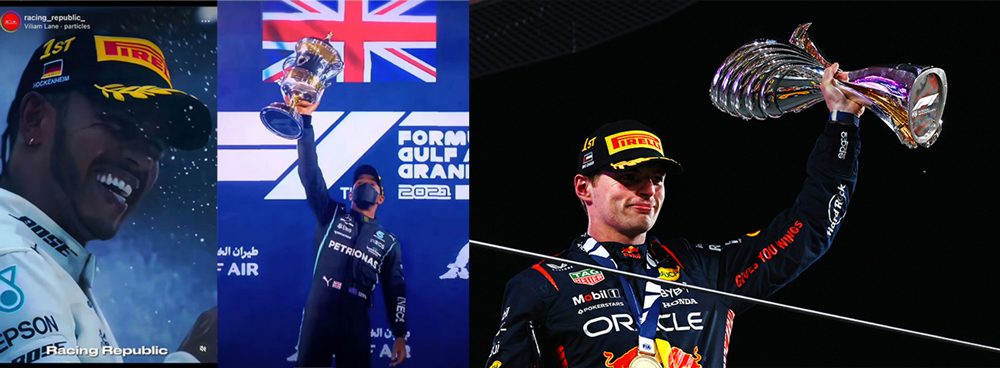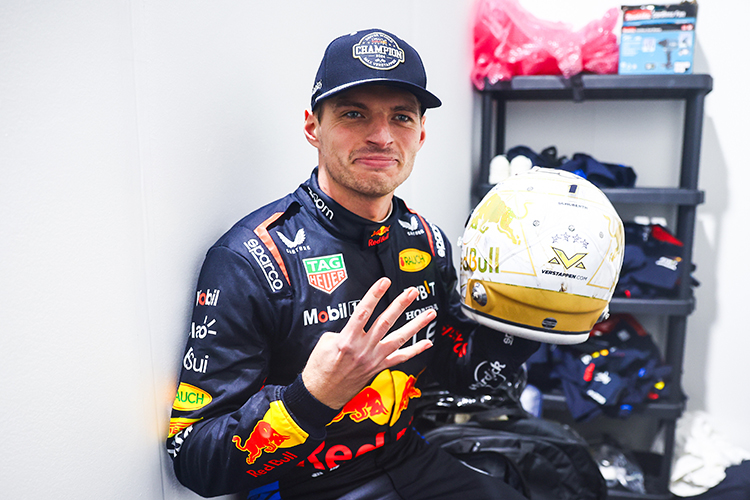Inside Monaco: A lap through motorsport’s most iconic streets
Monaco Grand Prix: A Thrilling Blend of History, Precision, and Restraint
MONTE CARLO, Monaco – Taking a lap around the Monaco Grand Prix circuit is not just a drive – it’s an experience that blends history, precision, and adrenaline against one of the world’s most mesmerizing backdrops. This week, Formula 1 offered media and VIPs the rare chance to partake in hot laps aboard supercars, including the McLaren 720S, on motorsport's most storied stage. For those who took part, the experience was both surreal and revealing, exposing the delicate balance between awe and frustration that defines the Monaco Grand Prix.
Emerging from Monte Carlo’s famous tunnel is a moment like no other in racing. The sudden burst of light transforms the dark into a dazzling panorama of skyscrapers, superyachts, and Mediterranean brilliance. The narrow streets don’t just challenge drivers; they create an intoxicating atmosphere filled with motorsport's rich legacy. Navigating Monaco is both breathtaking and claustrophobic. Gray walls hug tight around the car, offering no margin for error.
As three-time world champion Nelson Piquet famously said, driving Monaco is akin to "riding a bicycle around your living room." Strapped into the passenger seat of a McLaren 720S, we had that living room experience firsthand. At the wheel was Andre D'Cruz, McLaren’s prototype test driver, expertly threading the car through motorsport’s Holy Grail: from Massenet’s winding ascent to the flourish of Casino Square, the hairpin at Grand Hotel, and the fast blast into the tunnel.
Monaco’s Paradox
Yet the lap encapsulated Monaco’s paradox. It’s a place where cars built for unimaginable speed must conform to limitations. GPS-like precision trumps brute force, and aggression yields to delicacy. For all its glory, Monaco offers almost no room for error or, increasingly, room for racing at all.
Taking part in this media experience was humbling. D'Cruz’s talent was undeniable, but Formula 1's strict guidelines—which forced drivers to avoid curbs and pull back in certain sections—limited what the McLaren could achieve. Around iconic corners like the Nouvelle Chicane and Rascasse, where cars usually roar at full tilt, D'Cruz eased off, respecting the constraints.
Instead of disappointment, the lap conjured an oddly fitting realization: Monaco, in its modern form, is a race of restraint. These cars could go so much faster, but they’ve outgrown the venue itself. The track, unchanged since its inception in 1929, cannot expand to accommodate today’s wider and heavier machines. The modern Monaco Grand Prix, stunning as its scenery might be, has become more of a spectacle than a race. It is a parade of oversized cars navigating streets that were never built for them.
Frustration in Racing’s Holy Grail
This clash between past and present was exemplified by one journalist's experience stuck behind a slower car—a Ford Mustang—in his lap. Bottled up, unable to pass, he completed Monaco’s iconic circuit trapped in frustration, yet bewitched by the scenery that rolled past his window.
"What could be more Monaco than that?" one observer mused.
With overtaking famously scarce, frustration over the lack of excitement in Monaco races has reached a crescendo. Formula 1 has finally made a bold move to address this issue. For the first time ever, the series has introduced a mandatory two-stop strategy, a regulation designed to disrupt the static, predictable nature of Monaco racing.
The Two-Stop Strategy: A New Hope for Monaco
The rule change forces drivers to use fresher tires more frequently, eliminating incentives to coast and creating opportunities for more aggressive racing. Drivers are hopeful but cautious about the implications.
"My head is still kind of untwisting itself," said championship leader Oscar Piastri during Thursday’s news conference, referring to the implications of the new format.
While the regulation cannot magically alter Monaco’s tight layout or allow cars to race side-by-side through the narrow streets, it encourages risk-taking in a race known for its processional nature. Drivers finally have incentives to push harder rather than play it safe—a critical injection of urgency desperately needed to redefine Monaco’s script.
Monaco: Beautiful, Yet Constrained
There is no denying Monaco’s place in Formula 1 lore. Its beauty, history, and mystique draw millions of viewers every year. Yet as the sport evolves, Monaco has revealed the limits of nostalgia and tradition. For all its grandeur, the famous streets of Monte Carlo might now represent motorsport’s biggest paradox: thrillingly beautiful yet frustratingly confined.
If this year’s tweaks deliver more action, Monaco may regain the racing magic that has been missing. But even in its current state, Monaco remains motorsport’s ultimate contradiction—a venue frozen in time, sacred yet flawed, where restraint triumphs over raw speed.
Up Next



